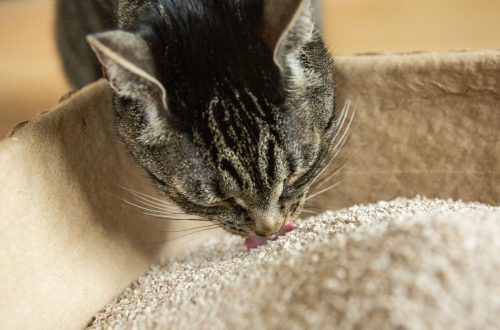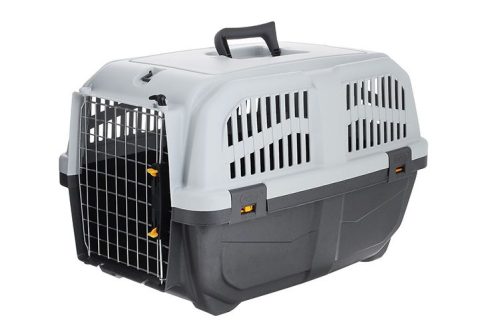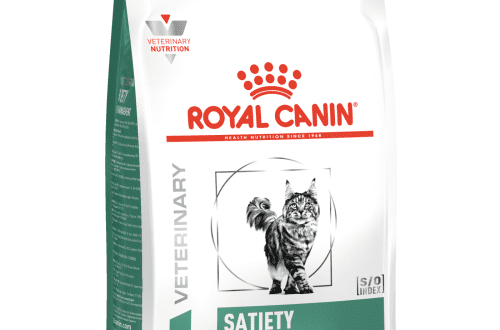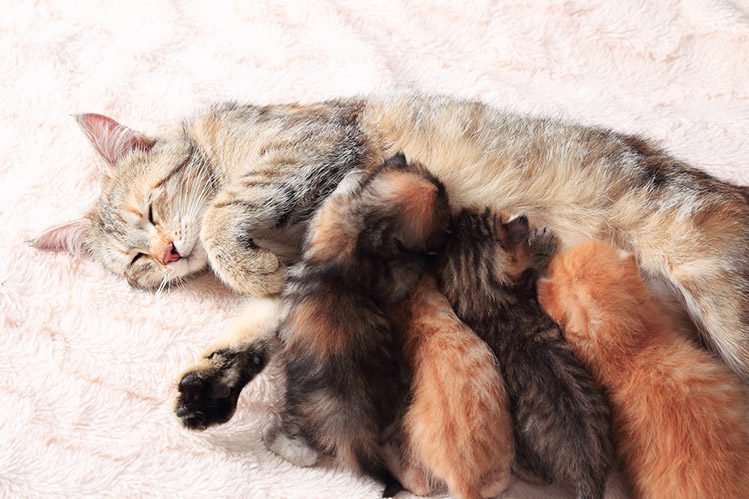
Feeding a lactating cat
A nursing cat needs a special diet, because her body expends energy not only on itself, but also on kittens. Poor nutrition will lead the pet to beriberi, general weakness and slow down the recovery of the body after childbirth. In addition, any inappropriate foods in the cat’s diet negatively affect the well-being of kittens, because. what mother ate is passed to them with milk. But what should be the diet of a nursing cat so that both she and her kittens are healthy and strong?
If you are an adherent of natural feeding, then drawing up the right diet for a lactating cat will not be an easy task. You will have to take into account many features of this difficult period for the pet. For example, the body of a nursing cat spends 2-3 times more energy than usual, because. even the process of milk production itself requires twice the amount of nutrients. During the lactation period, which lasts about 8 weeks, the cat loses a significant amount of vitamins, minerals, carbohydrates and protein. A balanced diet is designed to make up for the lack of nutrients in the body. In another case, the lack of vitamins, etc., will negatively affect the cat’s well-being and appearance, as well as the development of kittens.
To meet the increased energy needs of the new mother, a diet based on natural food must be balanced, high in calories and always fresh. The most important components of the diet of a nursing cat are lean boiled meat (chicken, turkey, beef), cereals, low-fat dairy products (their share in the diet should be at least a third): kefir, yogurt and cottage cheese. But we give milk to the pet in a strictly limited amount: contrary to the stereotype, it is poorly absorbed by the body of an adult cat. Do not forget to include vegetables (carrots, cauliflower, zucchini) in your diet. To make the cat eat vegetables, chop them and mix with meat. Treat your pet with a boiled egg from time to time. For good digestion and normalization of stool, a cat will benefit from mashed meat and beets.

The main disadvantage of natural feeding is that it is impossible to fully balance the components of the diet at home, and therefore your pet will need vitamins. In particular, during lactation, a cat will lose a lot of calcium, which will affect the condition of her teeth and coat. To prevent a negative impact on the health and well-being of your pet, consult your veterinarian: he will recommend special vitamins. In no case do not purchase vitamins or vitamin and mineral supplements without consultation. The balance of nutrients in the diet is a very important issue on which the life and health of both cats and kittens depends. Remember that an excess of any vitamins and minerals affects the body as (and sometimes more) negatively as their lack.
During the feeding period, it is very important to stop “spoiling” the cat with treats from the table. Human food negatively affects even healthy and strong animals. After giving birth, the body of the pet is greatly weakened, and inappropriate food can lead to serious negative consequences!
The diet should not include even a seemingly insignificant amount of sausages, spicy and fatty foods, exotic fruits, garlic, chips, sweets, nuts, tea, coffee, chocolate, etc. And do not be confused by such unexpected references as, to for example, to tea or coffee: the taste preferences of lactating cats are often truly surprising.
Remember that fresh, clean water should always be freely available to your pet.
High-quality, ready-to-eat complete foods are an easy way to achieve the perfect balance of nutrients and, as a result, good health for your cat and kittens.
Super premium dry food, designed specifically for pregnant and lactating cats, fully meets the needs of the pet’s body and does not require additional vitamins.
As a rule, such lines are characterized by a high content of protein and fats, which contribute to the rapid recovery of the body after childbirth and provide a reliable nutritional base for the harmonious development of kittens. Before choosing a line, carefully study the composition of the feed. It is desirable that it includes:
antioxidants (vitamin E) needed to support a weakened immune system,
– calcium and phosphorus – for the health of bones, joints and the formation of a strong skeleton in kittens,
– the most important amino acids omega-3 and omega-6 – to maintain the skin and coat in excellent condition,
– XOS – to maintain the natural balance of intestinal microflora and easy absorption of nutrients.
Never mix dry food and natural food!
Be careful when choosing food and do not forget that the diet of the diet is different. If high-quality balanced feeds meet the needs of the body of a lactating cat and are easily digested, then economy-class diets will not bring the desired effect.
The health of both the cat and kittens depends on the quality of feeding, and special attention should be paid to this issue. Trust the health of your pets only to trusted brands.
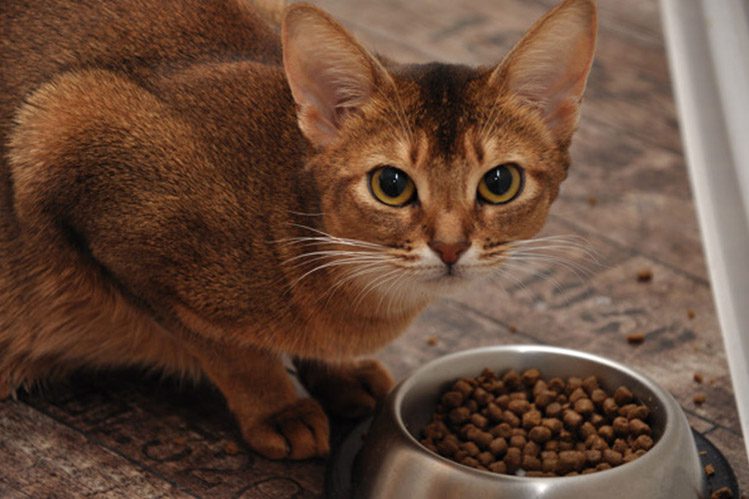
In the first couple of days after giving birth, the cat may refuse to eat – and this is completely normal. Childbirth is a huge stress for the body, in addition, the cat licks the offspring and eats the afterbirth. But if the cat may not need food on the first day after birth, then she needs to drink plenty of water. Make sure that clean, fresh water is always freely available to her.
- natural feeding
The nutritional value of the diet of a nursing pet should increase by about 10%. Recommended servings: 4-6 per day. In general, the amount of food depends on the appetite and build of the cat, as well as on the number of kittens. You should strive to ensure that the cat does not experience hunger, but at the same time does not overeat. It is better to feed the cat often, on demand, but in small portions.
As the kittens begin to walk and play, the cat’s need for energy will increase even more, because. energetic babies will consume more and more milk. However, closer to the 8th week after birth, the kittens will gradually begin to refuse milk and switch to other foods – and the cat’s need for high-calorie foods will decrease. Gradually, her diet will return to normal.
- Ready feed
Recommendations for the volume of servings and the number of feedings of ready-made rations are indicated on the packages.
Take care of your pets!



